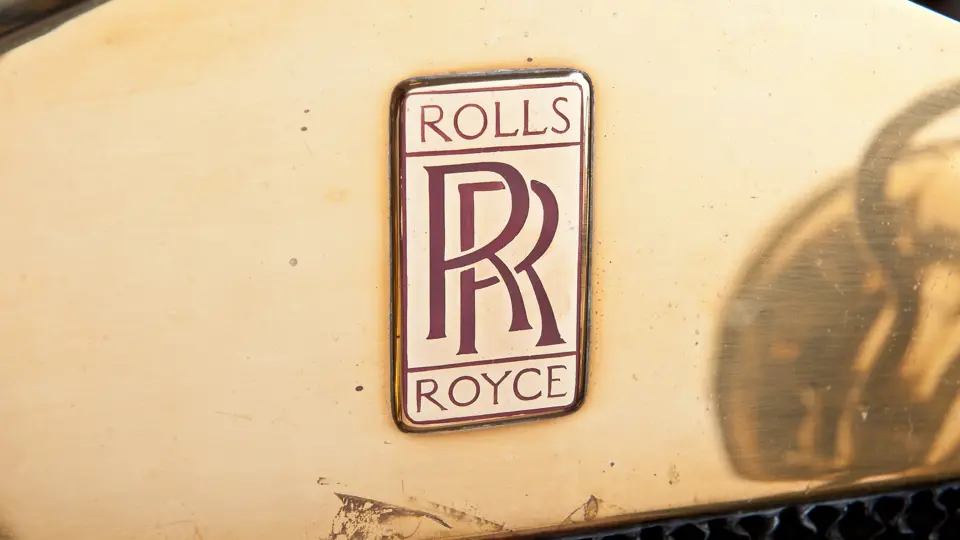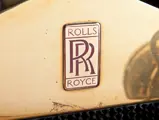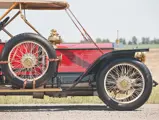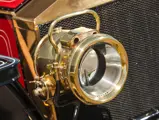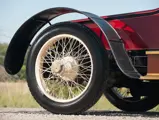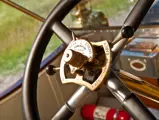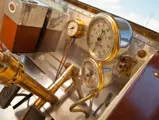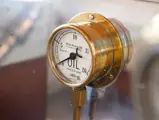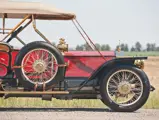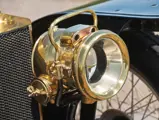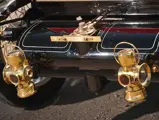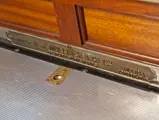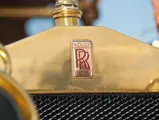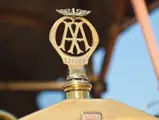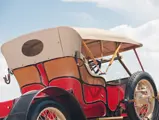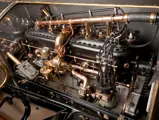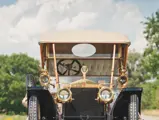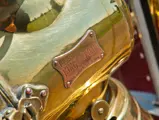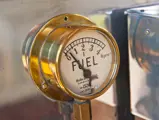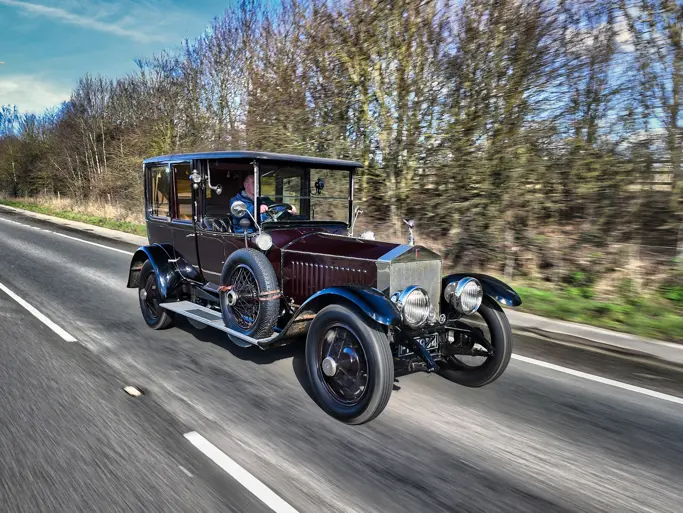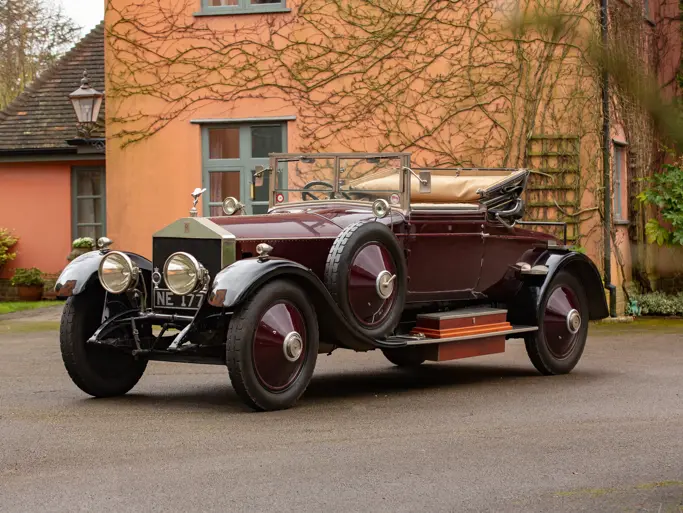40/50 hp, 7,428 cc inline L-head six-cylinder engine, three-speed manual transmission, solid front axle with semi-elliptic leaf springs, live rear axle with three-quarter elliptic leaf springs, and two-wheel mechanical brakes. Wheelbase: 143"
- Offered from the highly regarded Richard Solove Collection
- Faithful recreation of Charles Rolls balloon car
- Ex-Millard Newman, Prestley Blake Collection
Charles Stewart Rolls was an automobile pioneer by profession, but he was an aviator at heart. Educated at Trinity College, Cambridge, he read engineering and acquired one of the first cars in that city, certainly the first to be owned by an undergraduate. In 1896, he drove a 3½ hp Peugeot home to Monmouthshire for Christmas, quite an adventure at the time. By the time he left Cambridge, he was an accomplished motorist and began racing, driving a Panhard in the Paris-Ostend and Paris-Boulogne races. He won a gold medal in 1900’s Thousand-Mile Trial.
Having a family income, he did not need a job, but his father set him up as a retailer of imported Panhard and Mors cars in 1902; Gardner-Serpollet steamers and Minerva were later added to his franchise. It was his introduction to Henry Royce, however, that would cement Rolls’ name into the automotive lexicon, a fateful meeting with that talented engineer in 1904.
Rolls devoted himself to selling the new Rolls-Royce cars and campaigned them in the Tourist Trophy races and on the Continent. However, Royce and commercial managing director Claude Johnson were not enthusiastic about motor sports, so to make use of his abundant adrenalin, Rolls turned to flying. He took part in a balloon race in Massachusetts in 1906 and embraced the sport and also took to heavier-than-air craft with a Wright biplane. For his balloon expeditions, Rolls had a Silver Ghost outfitted to carry the basket of the balloon (or “car”). On the Ghost chassis, he had coachbuilders H.J. Mulliner construct a roadster with a long platform behind the seats, where the car could be loaded at the conclusion of a flight for return to its base. The rear fenders were of patent leather, flexible so that the loading of the basket would leave no damage.
Rolls eventually made more than 130 balloon flights and entertained the Wright Brothers during their visit to Britain in 1909. He made the first fixed-wing round-trip flight over the English Channel in a Wright Flyer in 1910. He resigned from Rolls-Royce, where he was managing technical director, in April of that year. Unfortunately, while flying his plane in an exhibition event at Bournemouth that July, he crashed and died almost instantly.
Charles Rolls’ original balloon car was lost many years ago. A number of replicas have been built over the years – some accurate, some not. This one, however, is one of two built under the aegis of the late Rolls-Royce aficionado Millard Newman. One was apparently for the famed Harrah Collection, while Newman kept this one for himself. Eventually he sold it to Friendly Ice Cream co-founder S. Prestley Blake, one of the early collectors of prestige antique and classic cars. Blake kept it until 1991, when he sold it to fellow Rolls-Royce enthusiast Richard Solove, from whose estate it is offered today.
For the Silver Ghost chassis, two faithful replicas of the Mulliner Balloon Car roadster bodies were constructed by Wilkinson & Sons of Derby, England. Established in 1904 to manufacture and repair horse-drawn vehicles, the company graduated to coachbuilding for the motor trade during the 1920s. Run by several generations of the Wilkinson, Gilbert and Jones families, Wilkinson & Sons continues to construct and restore bodies with time-honored techniques and craftsmanship, particularly on early Rolls-Royce cars, which were built in this same city.
The body has the long platform at the rear, where Charles Rolls would have mounted the balloon basket for retrieval, and is fitted with an unusual steeply-raked windshield. There’s a dickie, or rumble, seat on the platform to accommodate occasional extra passengers, and the whole car is painted in red with black accents. The upper section of the front seat has an attractive cane-work appliqué. The seating is upholstered in beige leather.
Accoutrements include a brass bulb horn, Elliott double speedometer-odometer, fuel and oil pressure gauges and copious lighting. The radiator cap wears an Automobile Association badge – Rolls was an early and prominent member.
This older restoration has earned AACA National First honors and has been carefully maintained. The car took first place in the Early Ghost class at the Rolls-Royce Owners Club annual meet at Monterey, California in 1991, the year that Rolls-Royce was the featured marque at Pebble Beach and competition was keen. According to an issue of The Flying Lady, the car was also a Newman Trophy winner.
Riding high on Rudge-Whitworth wire wheels, this Silver Ghost looks fully ready to accompany a balloon odyssey. All that’s needed is a balloon, a basket and favorable winds.




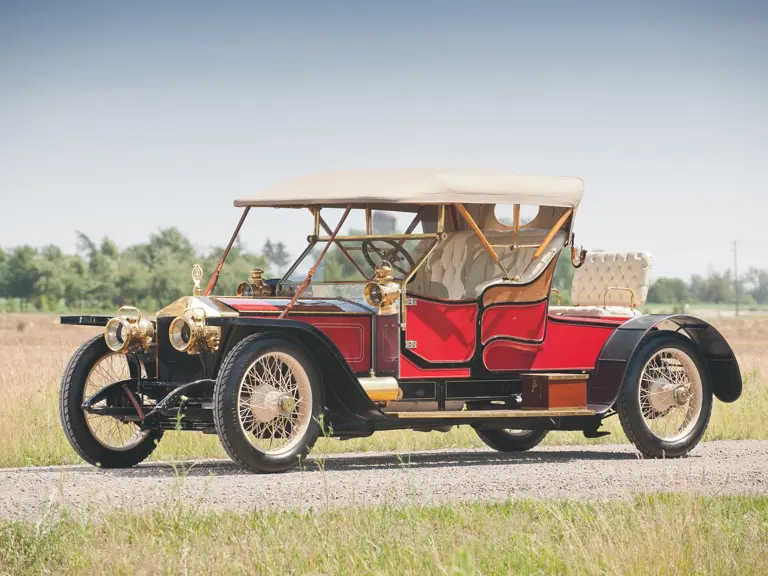



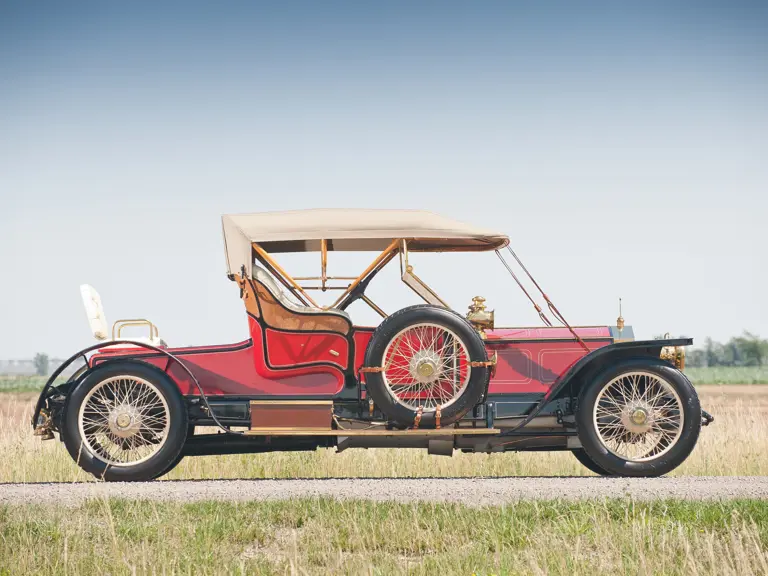

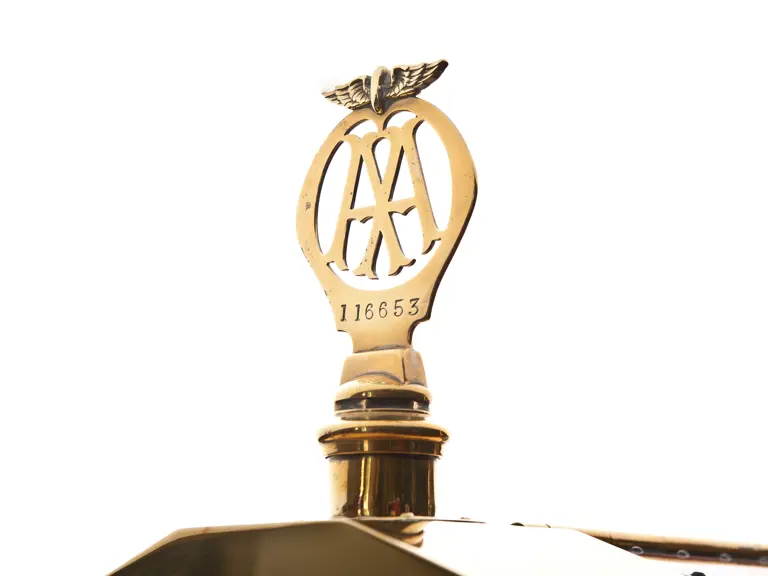


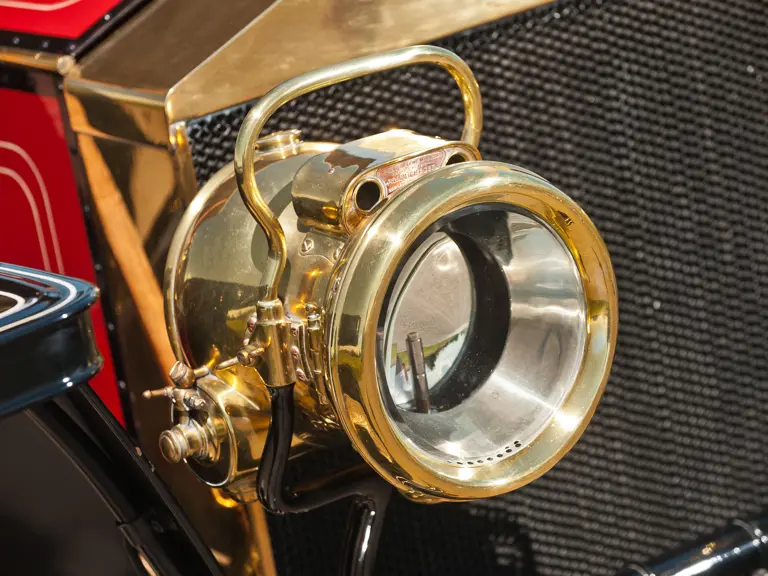
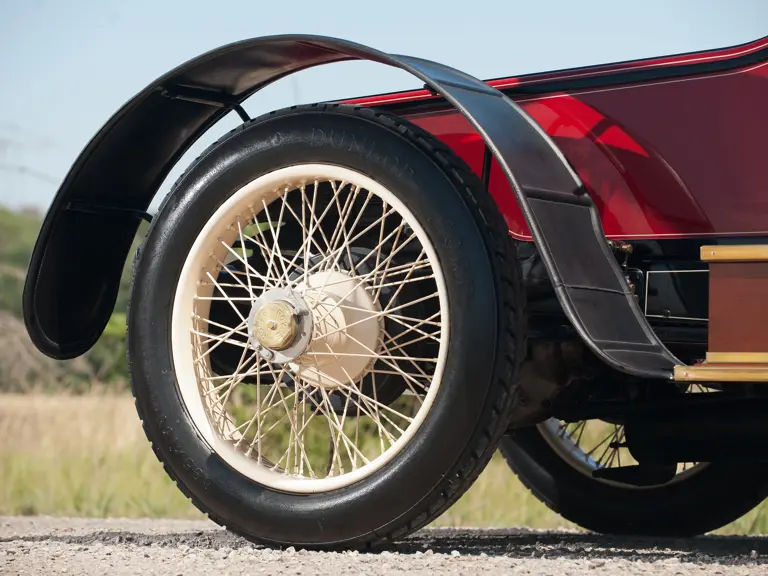
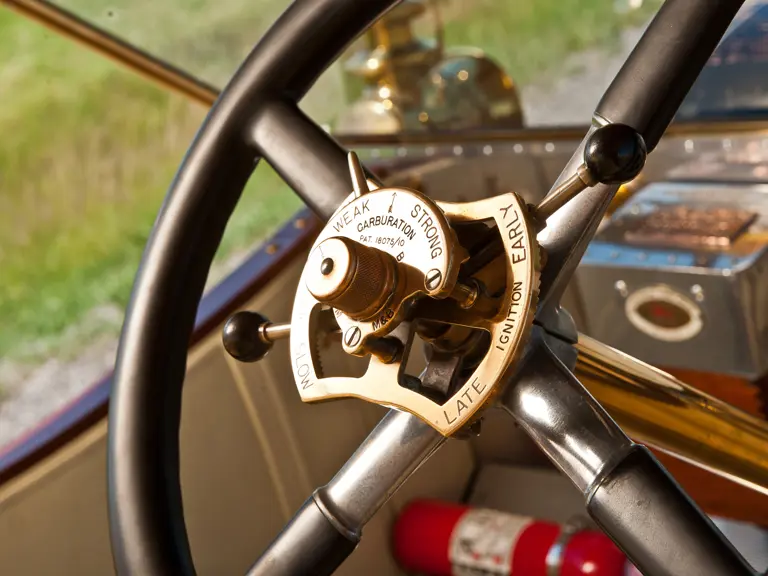
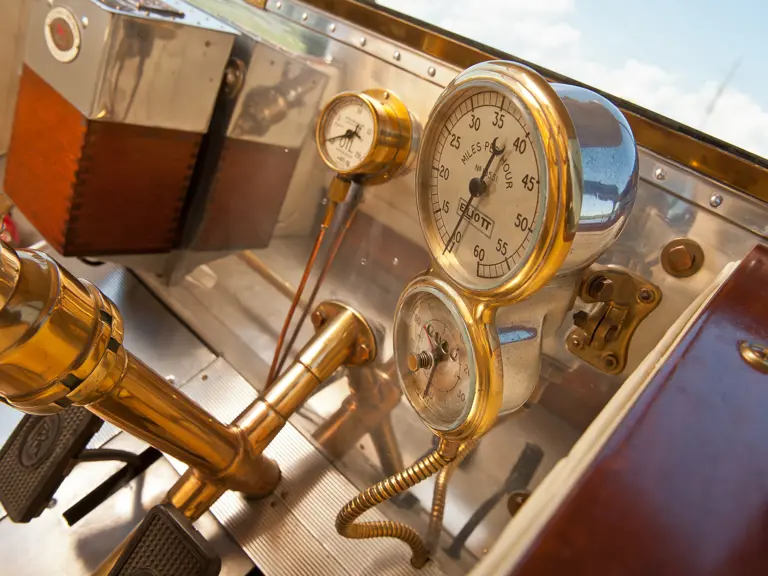

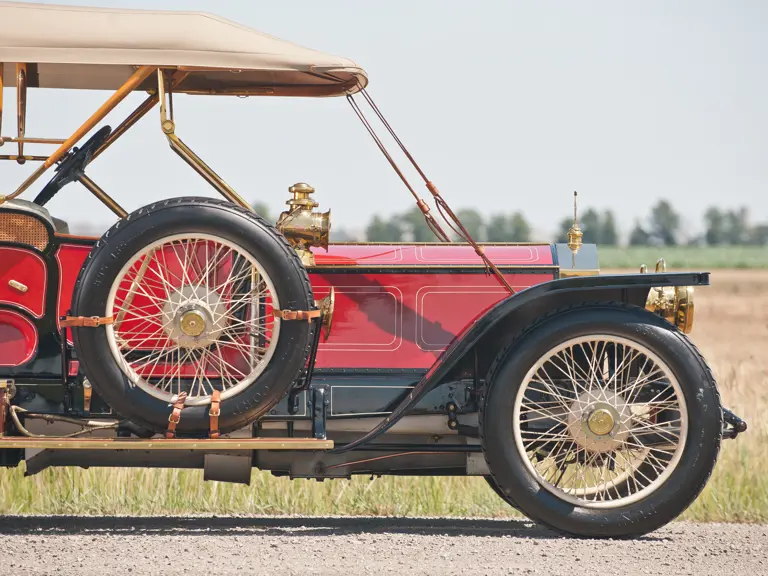
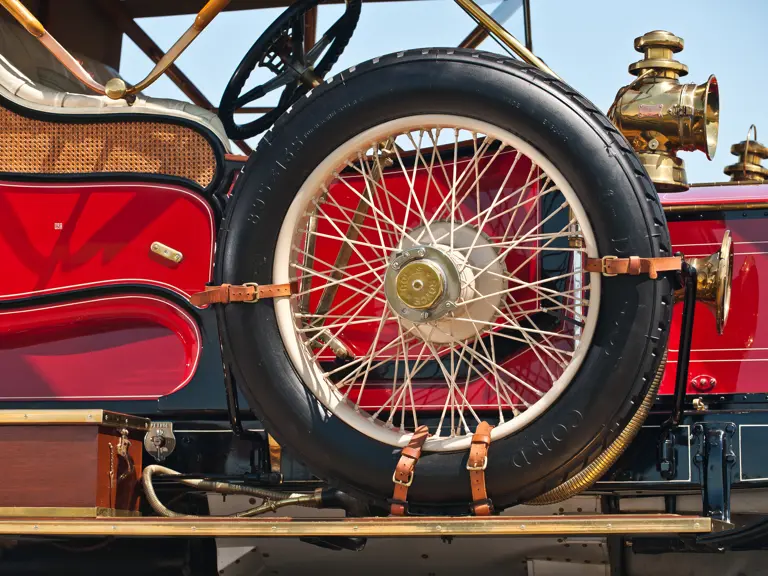

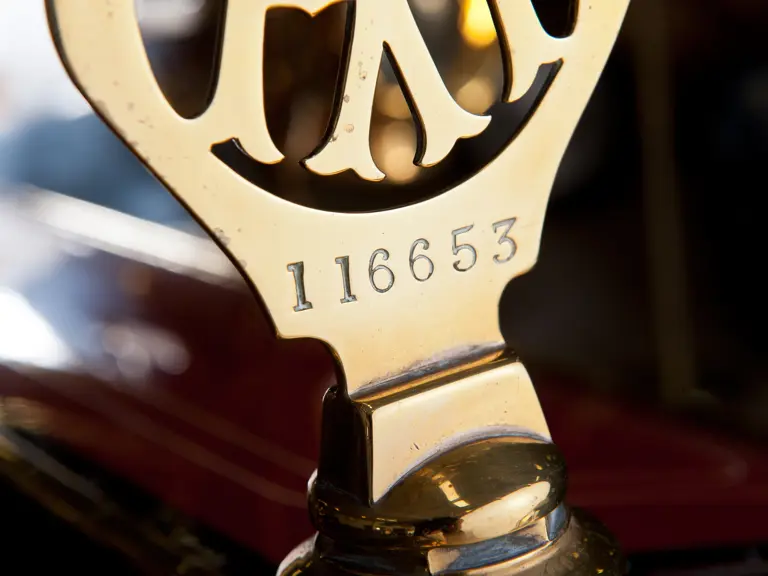

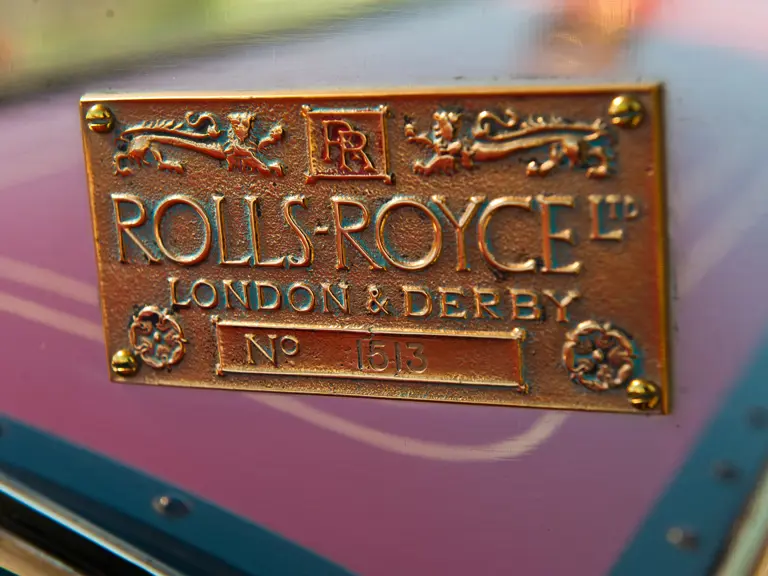
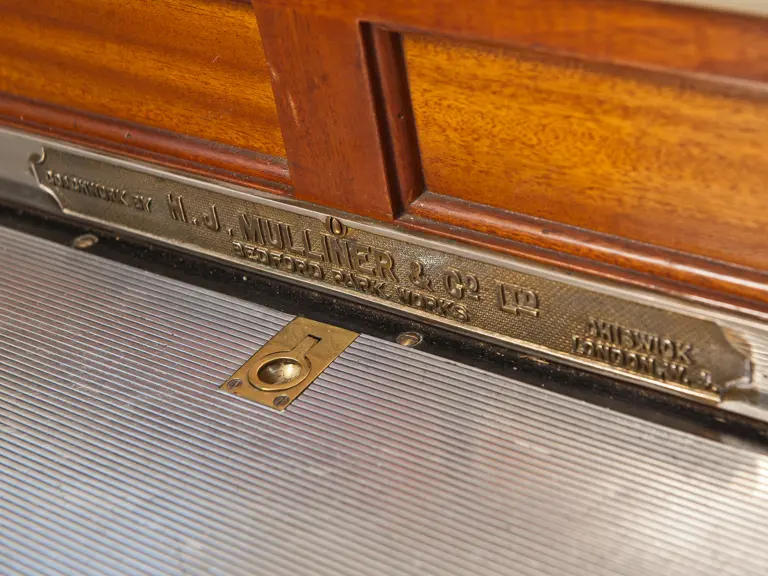




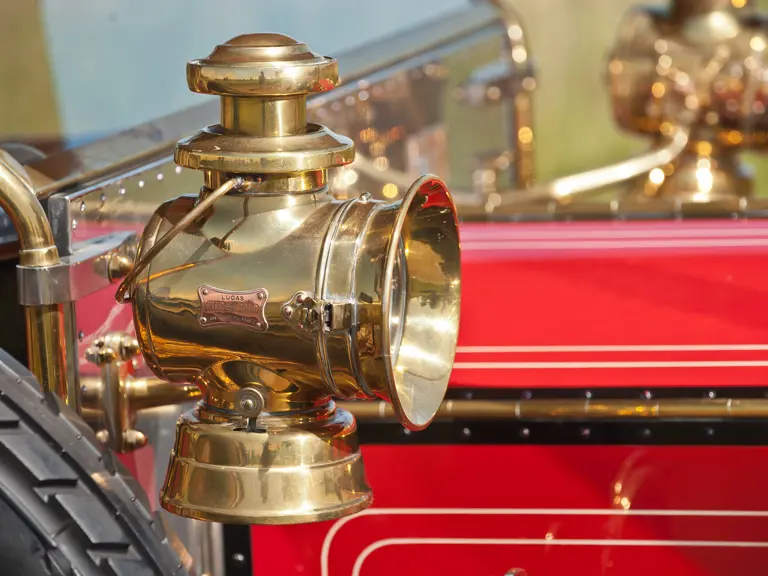
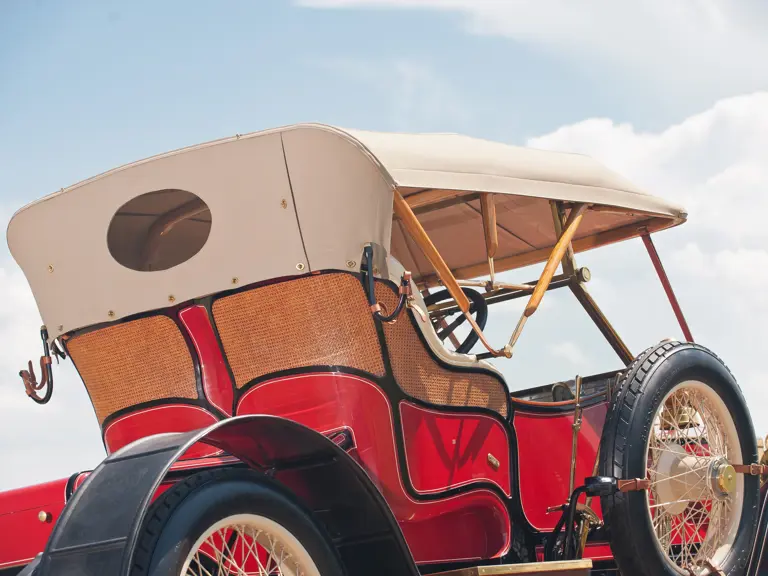
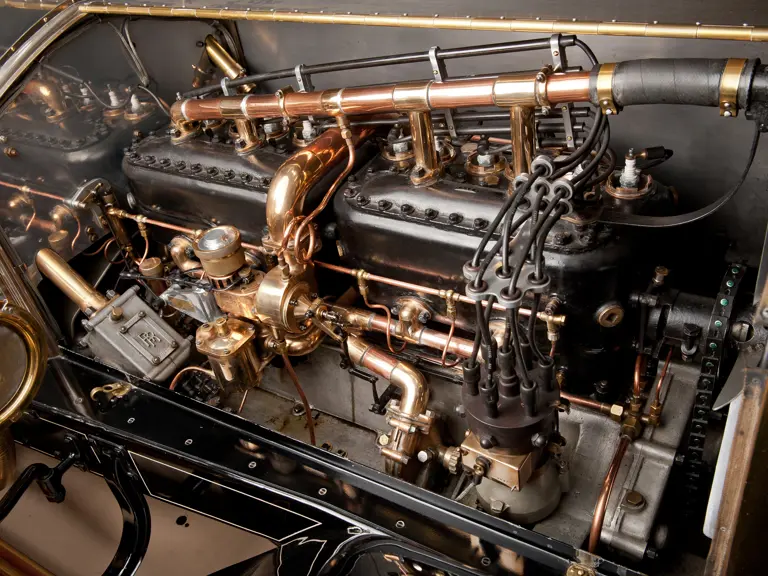
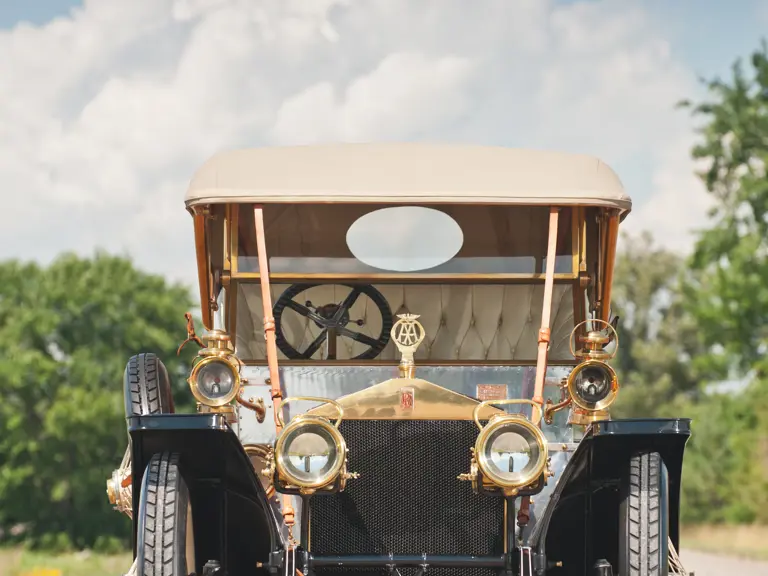
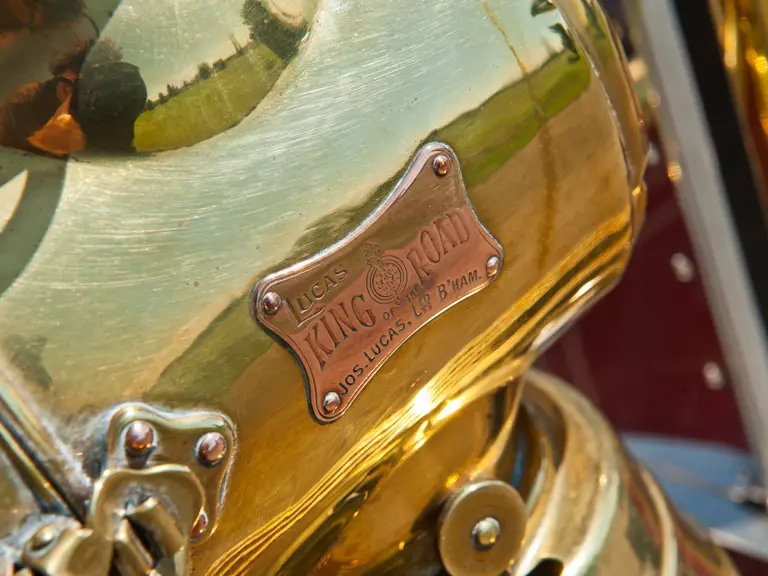
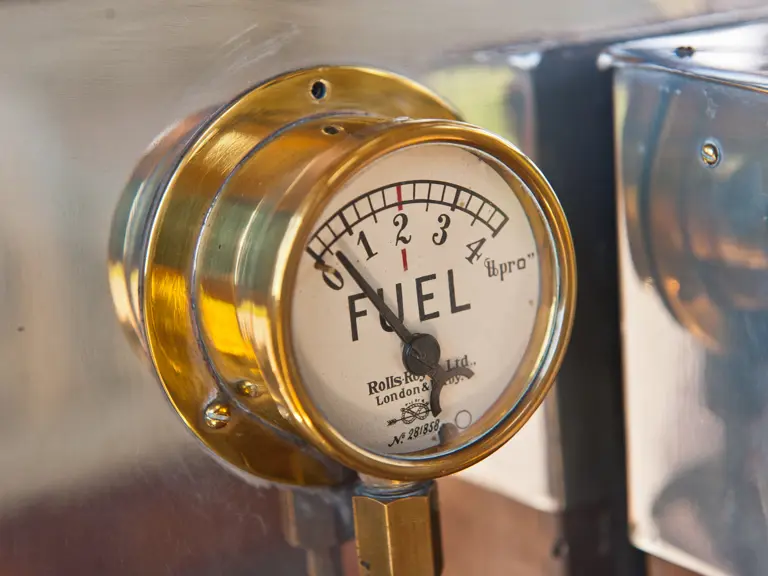
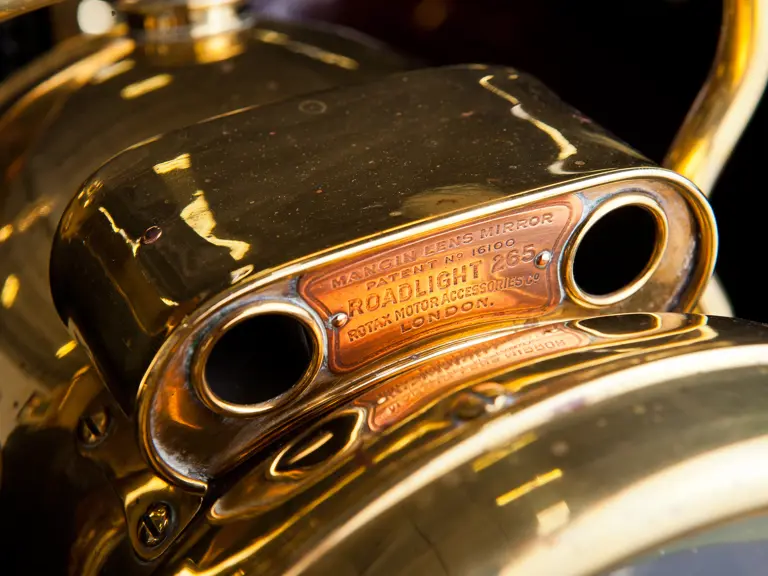
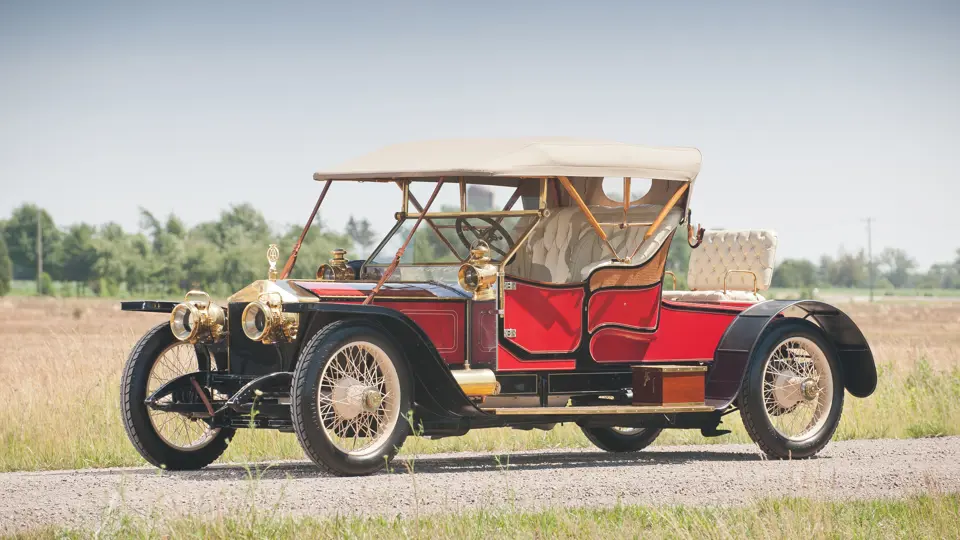
 | Monterey, California
| Monterey, California

